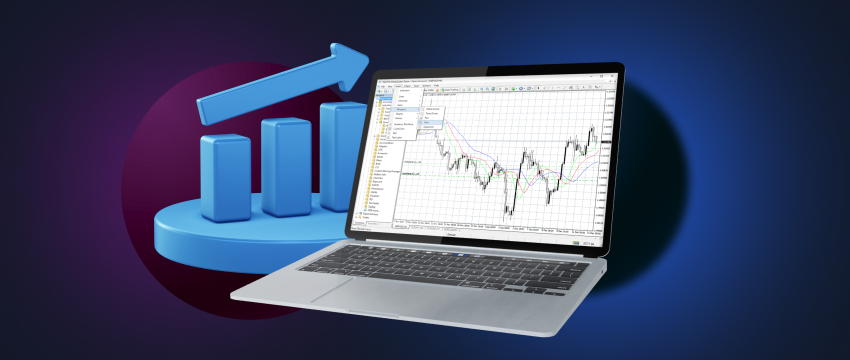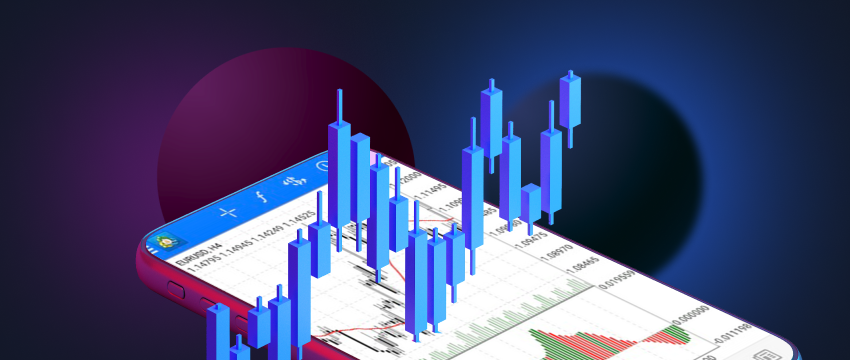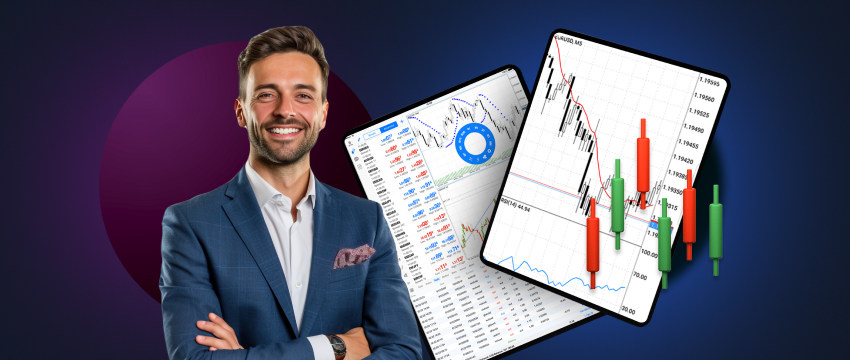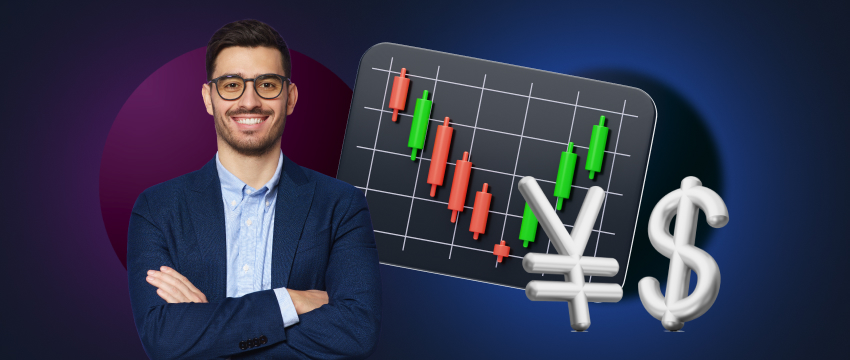Margin is a key term in the context of forex trading. It refers to the amount of money a trader deposits to open and manage a position with a broker. It is not a transaction fee.
In this article, we’ll explore more about margin, and also touch on how margin and leverage work in tangent.
Margin requirement
In the process of opening a forex trading account, a trader will be required to deposit a certain sum of money with the broker. This sum is referred to as the margin requirement. It is used to open and manage a particular trade position. The margin requirement varies depending on the currency pair you wish to trade and the size of your position.
Leverage
Leverage is essentially funds that a trader “borrows” from a broker in order to manage a position larger than what their account balance would typically permit. Forex leverage is the ratio that determines how much larger your position can be, relative to your margin. Leverage in forex trading is expressed as a ratio and may differ from broker to broker. Essentially, it is the difference between the capital you actually have and the amount of money you can trade. However, the higher the leverage, the higher the risk, leading to significant losses if the market moves against you.
Margin call
It is very well-known that leverage is highly risky and while it can amplify profits, it also increases the risk of large losses. If a trade moves in an adverse direction and your account balance falls under a specific level, the broker may issue a margin call. Should this occur, the trader will be required to deposit more funds to cover the losses or close the position to limit further losses.

Popular terms related to margin
- Used margin: the sum of money your broker “blocks” to keep your current positions open
- Usable or free margin: the amount of margin you have available in your account to open new positions
- Maintenance margin: this refers to the minimum amount needed to continue holding a position open
- Stop-out level: refers to when your margin level drops below a certain threshold at which time your broker will automatically close one or all of your positions
Other essential information to know pertinent to the margin:
1. How much leverage should a trader use?
It is typically recommended that leverage be utilized very cautiously. How much leverage should be used is usually based on how new one is to trading, level of expertise, and what type of trading strategy they’re using. Leverage must also be used wisely by someone who is risk averse (i.e., low-risk tolerance). As we’ve already mentioned, different brokers will offer varied leverage ratios. For a novice trader, a ratio of 1:5 or 1:10 may work best, whereas for someone with more years of experience may opt for a ratio of 1:30 or 1:50.
2. Choose a reliable broker
With leverage, margin requirements and the speed at which trades are executed are essential factors impacting profitability. A reliable broker will seek to optimize the trading experience by helping you manage these factors. They’ll do this by facilitating quick execution speeds and offering access to optimal risk management tools to help you manage the risks that leverage imposes, to achieve positive trading outcomes. Finding a reliable broker requires proper research and thorough due diligence. Look for a forex broker like T4Trade that offers top-tier trading conditions, flexible leverage, quick withdrawals and deposits, and a customer support team that’s on hand 24/5 to provide you with any assistance you may need.
3. Have an effective trading plan in place
Another way to better manage both margin and leverage is by having a proper trading plan in place. This plan should define your trading goals, incorporate your trading strategies, and outline the risk management techniques you plan on adopting. It must also align with your risk tolerance levels and available budget.
As we’ve reiterated several times in this article, while leverage in particular offers access to more trading opportunities and return on investment, it can elevate your losses to levels beyond what your budget can accommodate. A trading plan will help mitigate this risk by keeping you disciplined, reducing emotive trading, and safeguarding your money.
Also, remember that a trading plan can be adjusted as you gain more experience and are better able to master margin and leverage. However, never lose sight of your goals and never put your money at risk.

4. Adopt a proper risk management strategy
Taking into account how much money can be lost utilizing leverage, or having to react to a margin call, the use of risk management tools is key. This includes measures like avoiding over-leveraging which has the potential to amplify losses, and using stop-loss orders. While important for helping you hold onto your funds, a risk management strategy will also help you manage your trading psychology. How? Well, knowing you have a strategy in place to handle potential losses can help reduce the emotional impact of trading. It also allows you to approach the forex market with more confidence and focus.
5. Open a demo trading account
If you’re only now starting to trade forex, it may be best to get as much practice as possible to boost your skills and acquire robust knowledge. One of the most practical ways of doing this is by opening a demo trading account. This type of account offers a simulated environment in which you can learn how to use margin and leverage when executing trades. You’re given the ability to do this using virtual funds, so you don’t have to worry about losing any of your own money.
A demo trading account offers a wonderful opportunity to get hands-on trading experience and over time, once you’ve built up enough confidence, you can then consider moving to live trading.
6. Engage in ongoing learning
Before trading on margin or using leverage, ensure you educate yourself about the financial markets, trading strategies, technical analysis, and more. Only by educating yourself, will you acquire a more comprehensive understanding of what using margin and leverage entails, and the factors that may impact both unexpectedly.
Don’t forget, that the forex market is a highly volatile space, and currency pair prices are influenced by a number of variables. In turn, rapid price fluctuations can increase the risk of margin calls. By investing in learning, you’ll gather insights into what those variables are and how to react to them in a way that won’t adversely affect your trading outcomes. You’ll be better prepared to deal with the challenges that forex trading may throw your way, in order to protect your money.

Why trade with T4Trade?
By becoming a T4Trade trader, you can enjoy trading 300+ financial instruments from across 6 asset classes. Diversify your portfolio with access to instruments like forex, commodities, metals, indices, futures, and stocks. You will also be able to choose from a variety of accounts that best cater to your years of experience and trading goals. T4Trade also offers tight spreads, fast execution, quick withdrawals and deposits, flexible leverage, and a user-friendly trading platform. The broker’s client support team is also on hand 24/5 to help you with any challenges that you might be facing. They can be reached via email or Live Chat.
Disclaimer: This material is for general informational and educational purposes only and should not be considered investment advice or an investment recommendation. T4Trade is not responsible for any data provided by third parties referenced or hyperlinked in this communication.




